| | | quote | Originally posted by McCool:
What is the difference between the 3.4 iron head and the 3.4 alluminum (is it pretty much the same deal as the 3.1 to the 3100?) |
|
While it looks like the aluminum heads have larger ports, I believe they have smaller valves, so actually flow less air than the iron heads. 3.4 iron heads are exactly the same as the 2.8 and 3.1 iron heads.
| | | quote | | On my 2.8 the valve covers leak like a sieve even though I just put new gaskets on them. I've spoken to some other guys and they say the 2.8 is notorious for leaking at the valve cover. Does the 3.4 have this problem? |
|
If you go with iron heads, these will be the same as the Fiero heads, so be prepared for the same issue - if you can find the neoprene gaskets, they are supposed to seal better than the other ones.
| | | quote | | On and general automotive mechanics note, I was wondering if someone could explain to me more about rocker arms, rods and lifters. I don't understand why changing them increases performance or economy. What is the difference between a regular rod and a roller tipped rod. What does 1.6 arms mean? Why does swaping out one type of rocker for another change anything about the engine? |
|
A rocker arm is just a lever, and accomplishes two things:
Because of the unequal length on each side of the fulcrum (the ball on the mounting stud) the rocker arm multiplies the cam lift by the rocker arm ratio to increase the lift at the valve. A 1.5 ratio rocker arm multiplies the lift by a factor of 1.5, whereas a 1.6 ratio provides 1.6 times the cam lift at the valve.
Rocker arms change the direction of the cam movement from an upward force on the tappet and push rod to a downward force on the valve stem.
Because of the speed of operation and the resistance to lift that the valve spring exerts, stock pushrods may flex, which slightly reduces lift and perhaps effective duration of valve opening. Stronger pushrods may be installed to eliminate this flex and give you the full lift and duration you paid for with a new cam.
Hope this helps.
Cheers
**EDIT - Rocker arm ratio is determined by the length of the rocker arm on each side of the fulcrum. If you take a look at yours, you'll see that the length from the fulcrum to the valve stem is longer than the length from the push rod to the fulcrum. For stock rocker arms this ratio is 1.5 (well maybe 1.52) to 1.
Rocker arms also multiply the force of the valve spring to the pushrod and tappet, by exactly the rocker arm ratio. So if you have a spring with a 300 lb force when the valve is fully open, the force on the pushrod is actually 450 lb, The more lift you have, and the higher the RPM you expect to push the engine, the heavier the valve springs you need to ensure that the valve actually stays on the seat during the compression stroke. A performance pushrod engine requires upgraded pushrods to deal with the forces exerted by the valve spring.
[This message has been edited by TiredGXP (edited 07-10-2008).]
















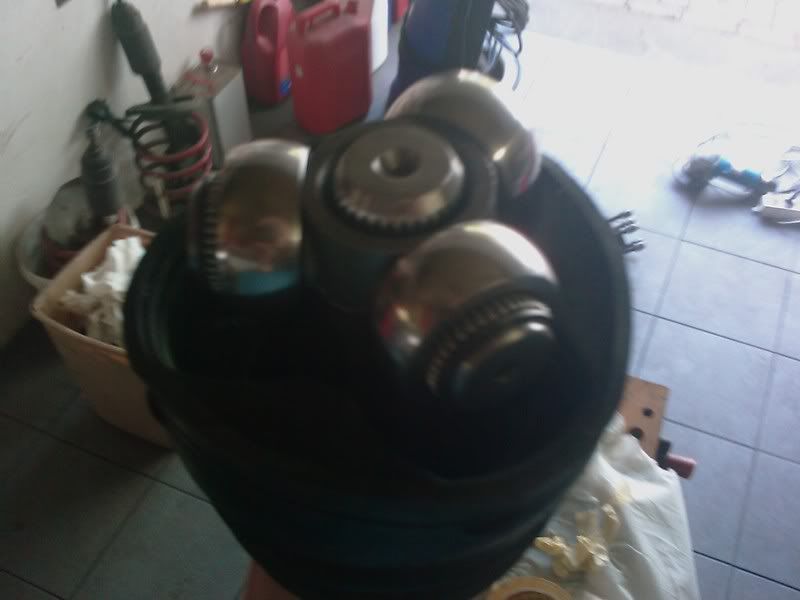
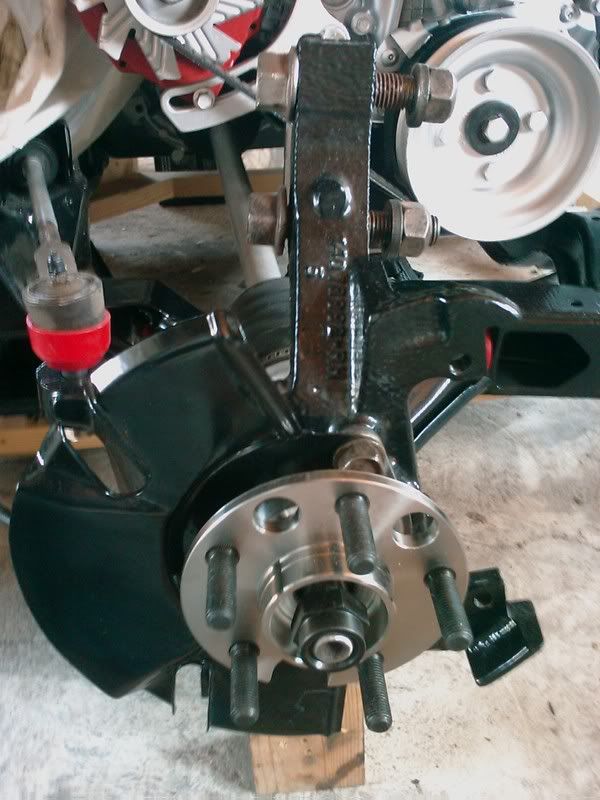

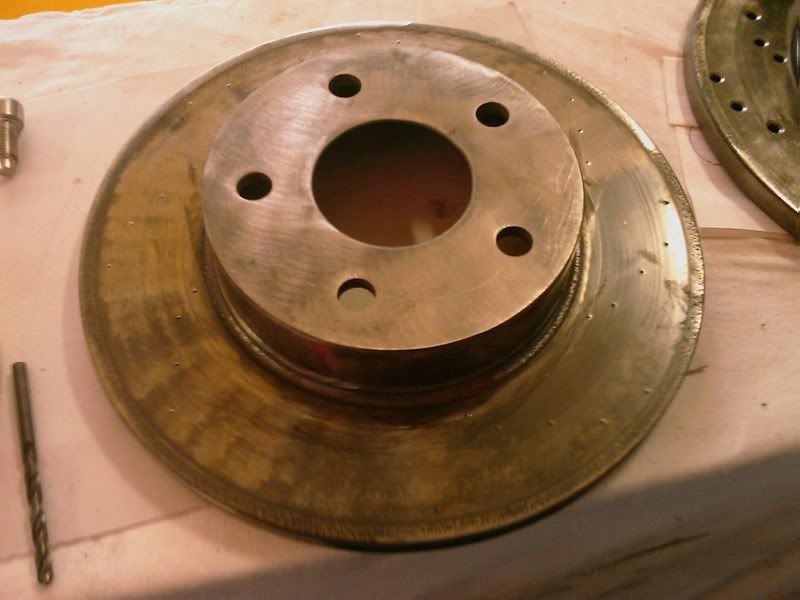
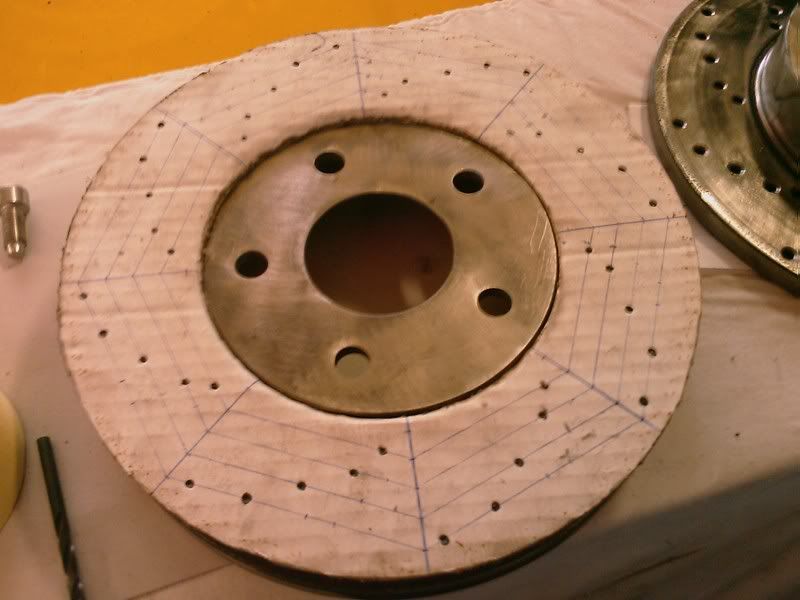
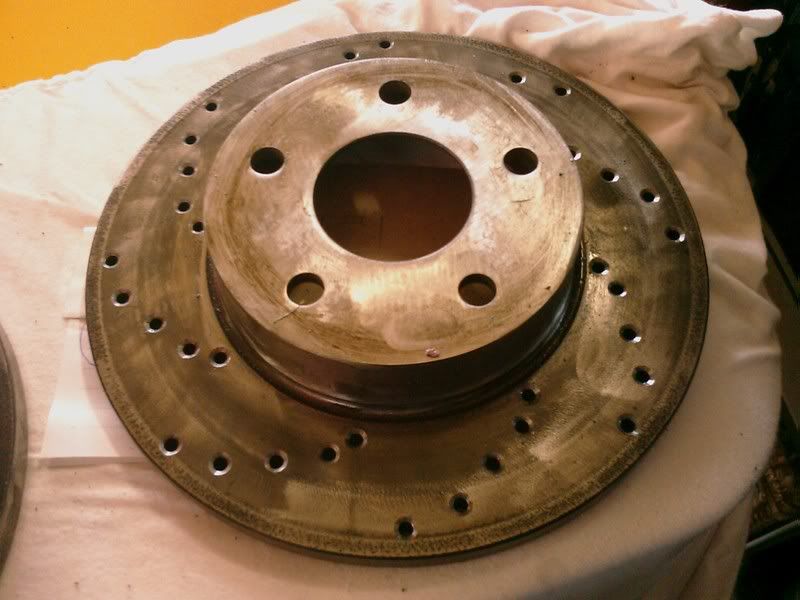
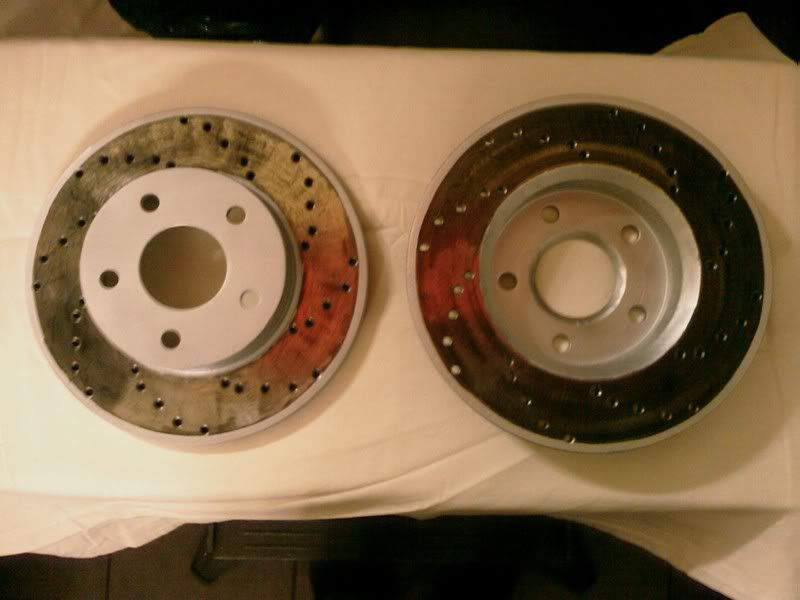


 (edit) dang over 36,000 views too.
(edit) dang over 36,000 views too.